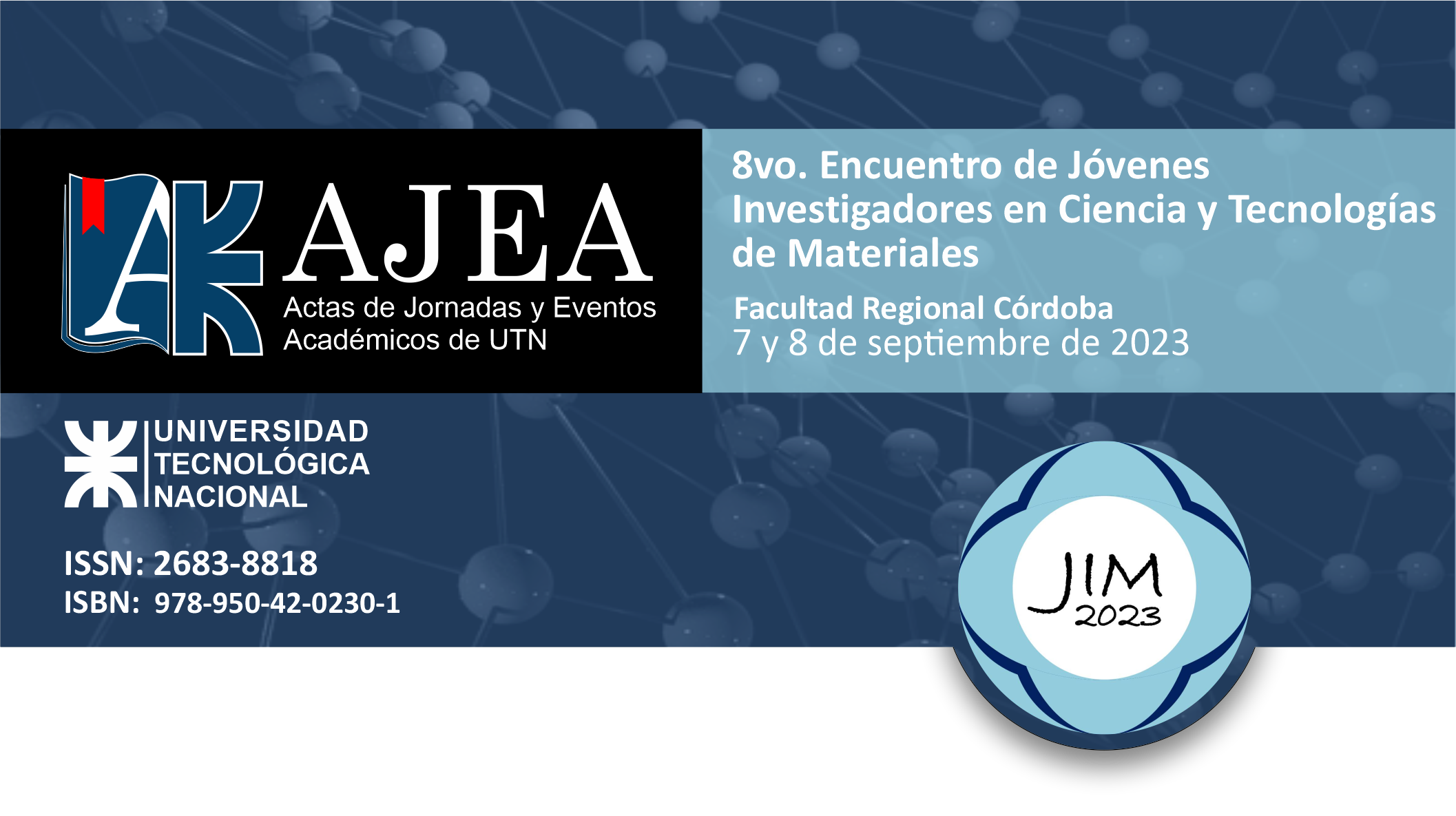Effect of calcination temperature on the structure and stability of natural clays from the province of San Luis
Keywords:
Ceramic, Mineralogy, Mineralogy, CeramicAbstract
Three natural clays obtained from soils in the Province of San Luis were calcined at different temperatures, ranging from 200 °C to 900 °C, in order to study the structural changes and stability of the resulting ceramic material. For this purpose, thermal analyzes (TGA-DSC), X-ray diffraction (XRD) and a study of resistance to disintegration in an aqueous medium were conducted. The results demonstrated that illitization of the montmorillonite phase occurs at 450 °C, and around 600 °C dihydroxylation arises and sintering of the clays begins. Finally, adequate resistance to disintegration is achieved at 700 °C.
Downloads
Metrics
Downloads
Published
How to Cite
Conference Proceedings Volume
Section
License
Copyright (c) 2024 Débora Belén Tagua, Bibiana Patricia Barbero , Jorge Alberto González

This work is licensed under a Creative Commons Attribution-NonCommercial 4.0 International License.










